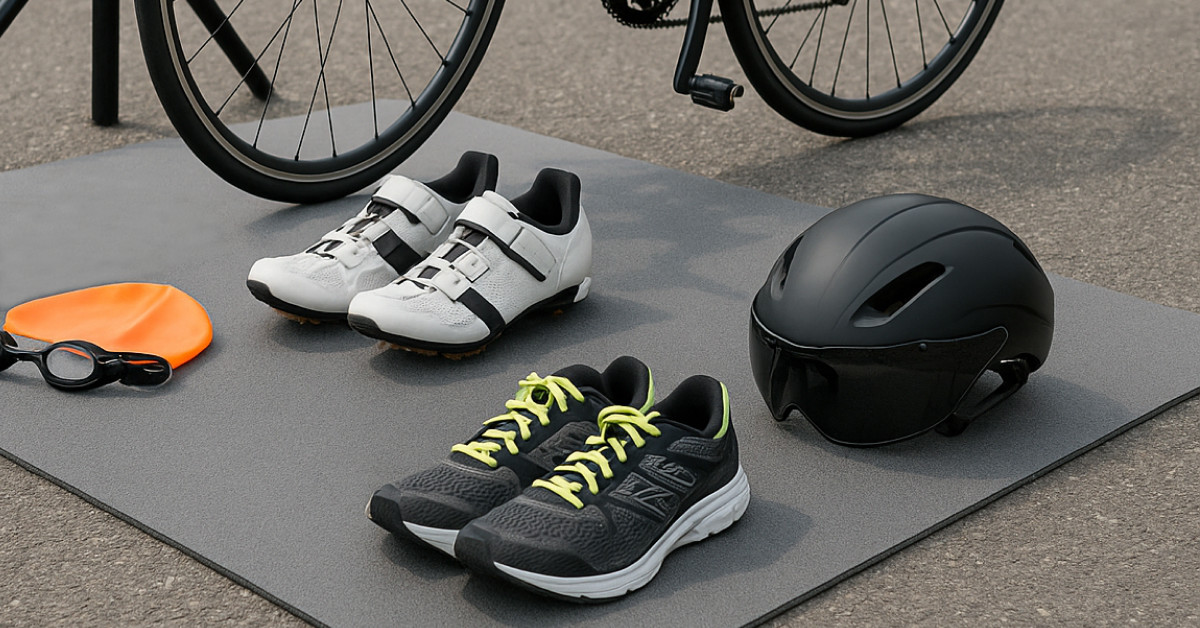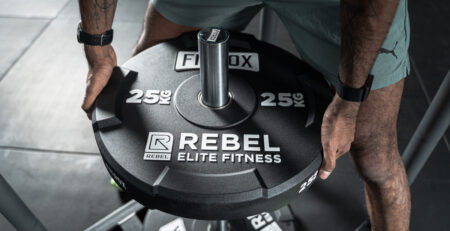Mastering Triathlon Transitions: The K.I.S.S. Approach
Commonly known as the fourth discipline of triathlon, the transition is always a frantic, stressful period of the race. All time saved in transition is free though. In other words, it doesn’t cost us any effort or energy. Quite the opposite in fact, the smoother, more efficient and quicker our transitions are, will actually saves us energy over the duration of an event. When thinking about transition we need to employ the K.I.S.S. philosophy. Keep it simple… silly. We only want to take off or put on what is absolutely essential.
There are a few essentials to triathlon clothing and equipment that we cannot avoid: Wetsuit; Goggles; Swim Cap; Cycling Shoes; Helmet and Running Shoes. Everything else is optional. I know that I left out clothing and I did that on purpose. There is no need to change clothing in this modern era of triathlon. Triathlon suits are made to be worn in all three disciplines so there is no need to change clothing during any of the transitions. Everything else, things like sunglasses, running caps etc. are optional extras and their usefulness needs to be weighed up against how much time they cost and how much stress they add to our transitions.
Nutrition is vitally important in longer events and as much of that as is possible should be stowed on our bikes. Some bikes come with storage facilities or bags can be added. Simply taping gels to our crossbars can also work but these are a matter of personal preference. The key is that we don’t want to be picking up a handful of gels in T1 to stuff into the pockets of our trisuit. This is time consuming and also rife with potential for disaster. We definitely don’t want to end up with one less gel than we planned on having on the bike leg.
On really long races we will also need to carry gels or other types of nutrition onto the run course. My suggestion is to stow these on the bike as well so that we can then transfer them to our pockets towards the end of the bike leg. Doing this while we are moving rather than standing still for longer in transition will save time and reduce stress. That said, it is a good idea to have a couple of spare gels in transition in case we accidentally drop one out on the bike.
On the subject of doing things on the move. We should practice putting on and taking off our cycling shoes while moving on the bike. This will not only save time but also simplify both transitions. Running too and from the bike barefoot rather than in carbon soled cycling shoes is much easier and less fraught with the potential of ending up sliding and finishing up in a heap. Clipping in the shoes on the bike at the rack with small elastics looped into the heel and around a wheel skewer or front derailleur to keep them horizontal, will make them much easier to slip our feet into as we jump on once across the mount line. There is no need to emulate the flying mount that the pros employ. There is not much time saved doing that and the risks of embarrassment and injury are very high unless we are super-limber and coordinated.
Choose a bicycle helmet with a visor so that sunglasses are not necessary on the bike. This again will save time and faf in transition meaning that all we have to do in T1 is get the wetsuit off, throw that, our goggles and cap into the transition bag, pop on our helmet and head to the bike where our shoes are waiting on the pedals.
Coming into T2 there is a little preparation period in the final kilometre or two. Transferring necessary nutrition to our pockets and then slipping our feet out of the shoes and placing them on top of the shoes before we approach the dismount line. Don’t cut that too fine. Stopping a metre or two before the line is going to cost us no time at all and again, reduces stress and the chance of something going wrong. This time is also good for the legs and body to ease some of the tension out of the muscles after holding a constant effort on the bike. This short easing of effort will make the transition from being a cyclist to becoming a runner a little easier.
Rack the bike, helmet off and then slip on the running shoes and we’re good to go. On hot sunny days a cap and sunnies are definitely a good idea for the run but, because we already have our nutrition stored in our pockets, our hands are free to grab these as we run out and we can put them in place on the way out onto the run course. Again, doing things on the move.
When compared to single discipline sports, triathlon can be a logistical nightmare with all the equipment and transitioning between sports. Our goal should always be to reduce the stress by limiting the possibilities for things to go wrong. The first part of that is to keep things as simple as possible. The other part is to practice. Every time we do a brick session or a transition run we should run through the process of the transition as we would in a race. Even if we don’t need all the equipment or nutrition in our training session. Just carry it with to practice the skills.
Sooner or later everything becomes second nature and we only think about racing and pacing and all the fun aspects of doing an event while the logistics just happen automatically.





Leave a Reply